As Queensland Law Society 150-year anniversary draws to a close, it presents a final opportunity to highlight First Nations peoples who have been exemplars in the legal profession.
QLS First Nations Legal Coordinator Heather Ferris was fortunate to speak with Magistrate Jacqui Payne about her extraordinary journey to the judiciary, the intersection of neurosciences and the law, and the importance of Indigenous representation in the legal profession.
Magistrate Jacqui Payne was the first Indigenous woman to be admitted as a solicitor in Queensland, starting her career at the Aboriginal and Torres Strait Islander Legal Service (ATSILS). Following that, Magistrate Payne ran her own successful private practice before becoming the first Indigenous magistrate in Queensland in 1999 – all while raising six children.
My conversation with Magistrate Payne was an enlightening experience and gave me an understanding of the unique challenges she has faced and the remarkable resilience exhibited throughout her journey.
I was intrigued by her insights on neuroscience and the impact of trauma on the brain and how this knowledge can be significant in shaping fair and equitable legal processes. Her perspective shed light on the need for cultural sensitivity and the recognition of indigenous knowledge within the justice system.
Magistrate Payne continues to be a pioneer for indigenous presence in the legal profession and an inspiration to us all.
What inspired you to pursue a career in the law?
Throughout school I was interested in maths and science so I’m really a mathematician and scientist at heart. When I finished high school in Gladstone, I put down agricultural science as my preference. Although I didn’t have any understanding of what agricultural was, it was my interest in science that led me there. It was my father’s suggestion to study law as he saw it as a degree that could provide opportunity. Both my mother and father grew up poor during the depression and had little opportunity to gain an education. I’ve noticed that when people come from poor circumstances, they value education and my father saw education as a gateway to opportunity that he never had.
What challenges have you faced along the way?
When I worked as a solicitor, there were no Aboriginal or Torres Strait Islander people and few women appointed to the magistracy in Queensland. I raised five children as a lawyer and my sixth was born when I was a Magistrate. When I was a lawyer I had my own law firm and I would take my babies to work with me and when I went to court the baby would come. I’d also take a nanny or secretary with me to help me look after the baby. When visiting the prisons, I got permission from the general managers to take my baby into the prison for legal visits.
When I was appointed as Magistrate in 1999, upon my appointment I was given two weeks’ notice to be transferred to Townsville. Since most judicial officers were men, it was expected they would move their wife and children with them when transferred. I was a sole parent, with five children under 12 and the youngest of whom was still being breastfed. I challenged the order of transfer which attracted a lot of public attention and my story was often in the newspaper. That is not what I wanted. I was successful upon judicial review on the grounds of Wednesbury Unreasonableness and this led to changes to the Magistrates Act and the establishment of the transfer committee that considers transfers of magistrates.
How do you think your Indigenous knowledge and values contribute to the community and legal profession?
It was only when I was about 13 that I started to realise I was Aboriginal, because my grandparents, uncle, aunties and cousins were black. Being light skinned, I wasn’t subjected to the racism that darker-skinned Aboriginal people face. Also, I remember my mother used to tell me I couldn’t tell anyone her name or where she was from, and we never had conversations in our house about our Aboriginality . We were told to “never tell anyone your business”. My mother grew up during the time of the assimilation policy and when it was drummed into Aboriginal people to be ashamed of who they were. Also, my cousin and sister tell me our mother was afraid of her children being taken from her. My grandmother was Stolen Generation and grew up in the girls dormitory in Cherbourg. My mother was very kind and loving and she passed away when I was 22 during law school, and I never got to have those adult conversations with her.
I used to be asked a lot to speak publicly about being an Aboriginal lawyer and then magistrate and I would say no. Not because I had nothing to say, but because I didn’t have a ‘poor blackfella me story’ to tell. I didn’t think my story was interesting. Eventually, I came to realise that it didn’t serve Aboriginal people to say no to these requests, because they were proud of me. Looking back, as I matured, I came to realize there was not one story. Stories like mine are part of the fabric of stories of Aboriginal Australia.
How has your career in law influenced your interest and understanding of social sciences and neurosciences?
When I was working at ATSILS, I got to witness the unfairness and systemic racism that Aboriginal people are subjected to. I am compassionate person and working in criminal law was a natural fit for me. One of the things you realise working as a criminal lawyer is that you start to understand there’s a relationship between a person’s circumstances and criminal behaviour. Adversity in childhood is more likely to lead to poor outcomes later in life, whether it be physical health, mental health, substance dependency and involvement in the criminal justice system.
While working as a defence solicitor, I became intrigued by the relationship between a person’s history and their offending. The laws of social sciences are quite inexact as a science and I started to think, (for those old enough to remember Professor Julius Sumner Miller) “why is it so?” That is how I became interested in neuroscience and the impacts of trauma on the brain.
Intergenerational trauma is passed on through your DNA, the quality of the human eggs are effected. When your grandmother was pregnant with your mother, you were a tiny egg inside your mother. Then any stress or trauma experienced by your grandmother will be carried to your mother and then to you.
How would you like to see Australia in 30 years?
I’d like to see changes in relation to Aboriginal people in remote communities and the criminal justice system. There is systemic and structural racism in every aspect of the criminal justice system. This includes the laws, policing, the courts and how the courts do business.
The remote communities and towns near remote communities, especially in the north, are at the pointy end of the impacts of colonisation. The smashing of society and culture, the impacts of trauma, child removal, imprisonment and alcohol, and all of the madness that goes with impact of colonisation have caused the poorest of outcomes.
When I was working as a Magistrate in North Queensland I did the circuit work in the Cape, we were fly in and fly out. I became increasingly concerned the way the court does business, no matter how well intentioned I was, that I am overwhelming likely to be part of the oppressive machinery of the state. It caused me to reflect on the quote of American feminist Audre Lorde “The master’s tools will never dismantle the master’s house”.
We go in with almost no understanding of the society and the community, and that includes me as an Aboriginal person from the South East. Nothing prepared me for my experience in the North. It is a brew of extreme issues. I would like to see numerous aspects of all stages of the criminal justice system transformed. Without transformation, poor outcomes including disproportionately high imprisonment rates for Aboriginal people will continue to be ‘business as usual’.
Despite what I have said, looking through my criminal justice lens, I would also like to see us move away from a deficit model of talking about Aboriginal people and look at the criminal justice system by building on the strength, capabilities and resilience of Aboriginal people.


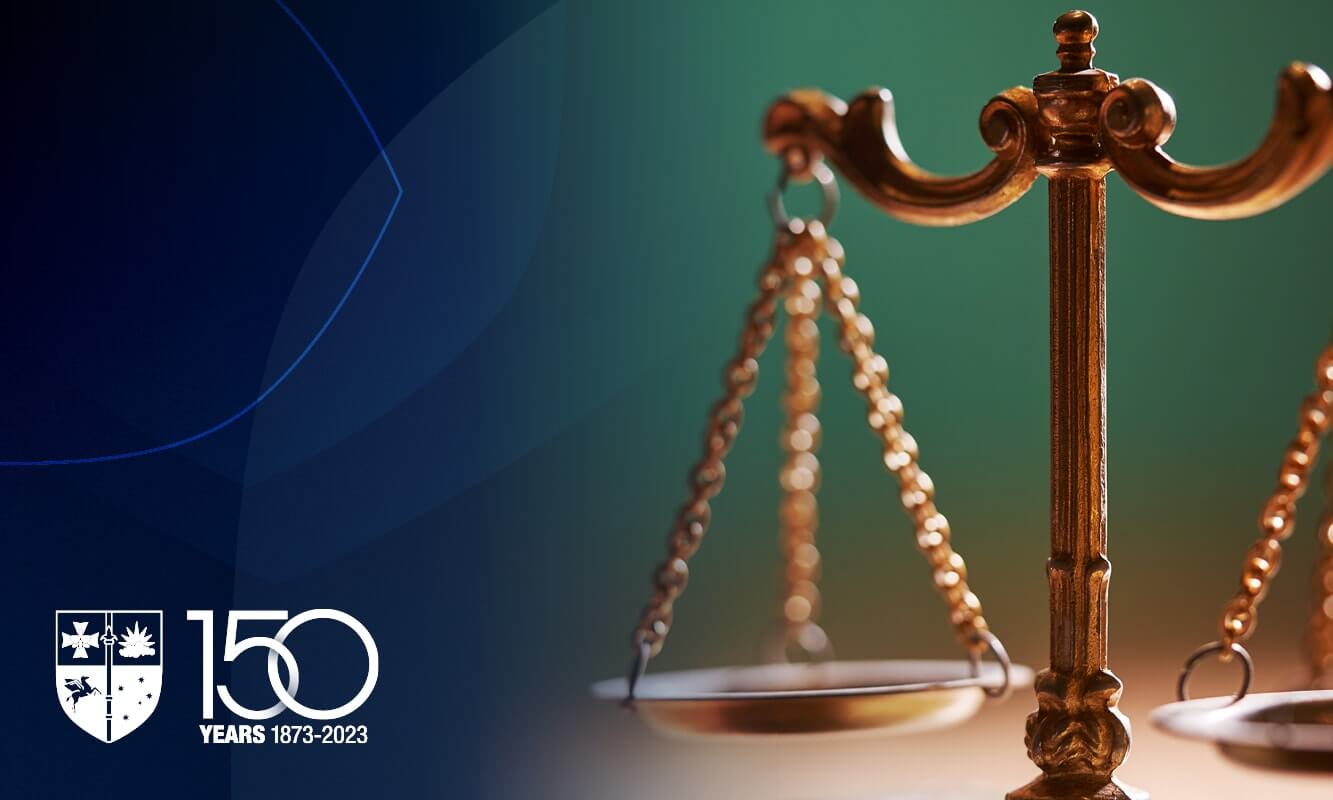
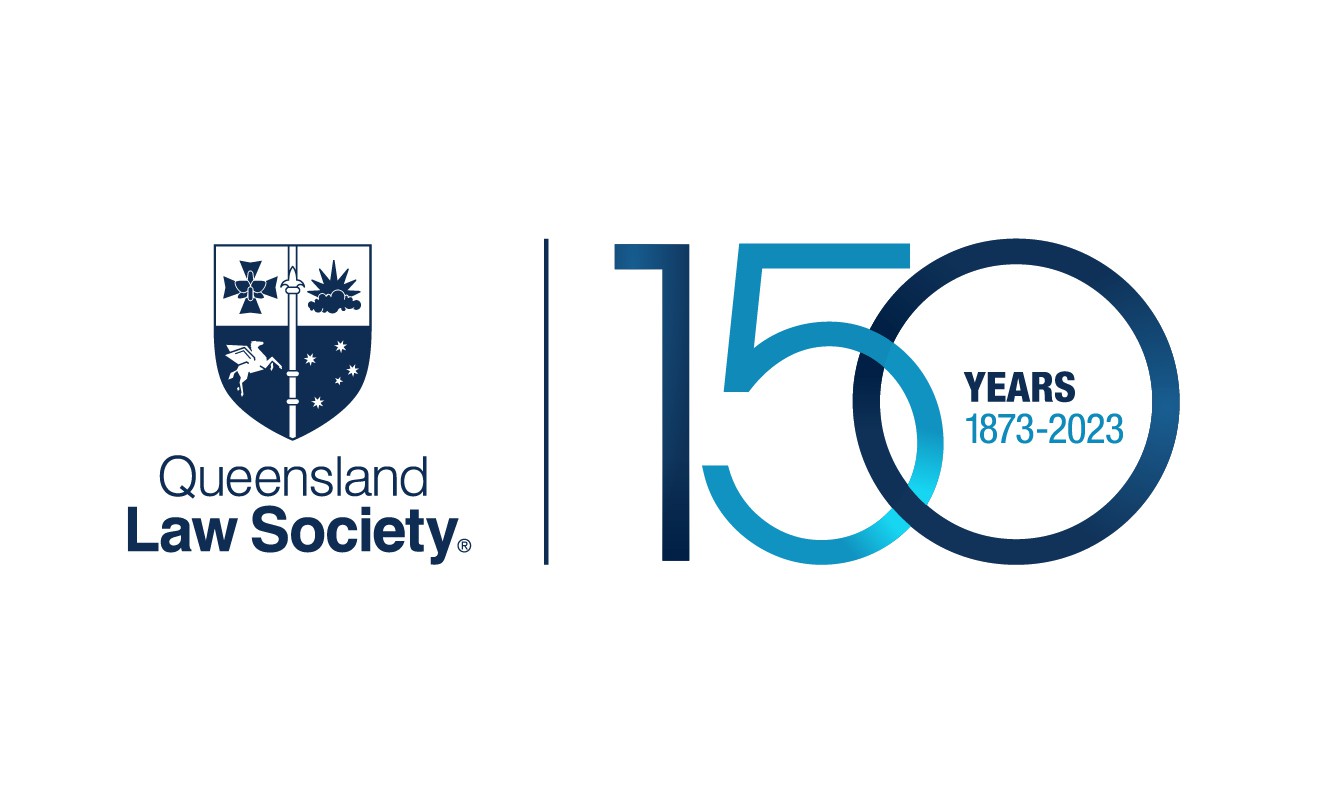



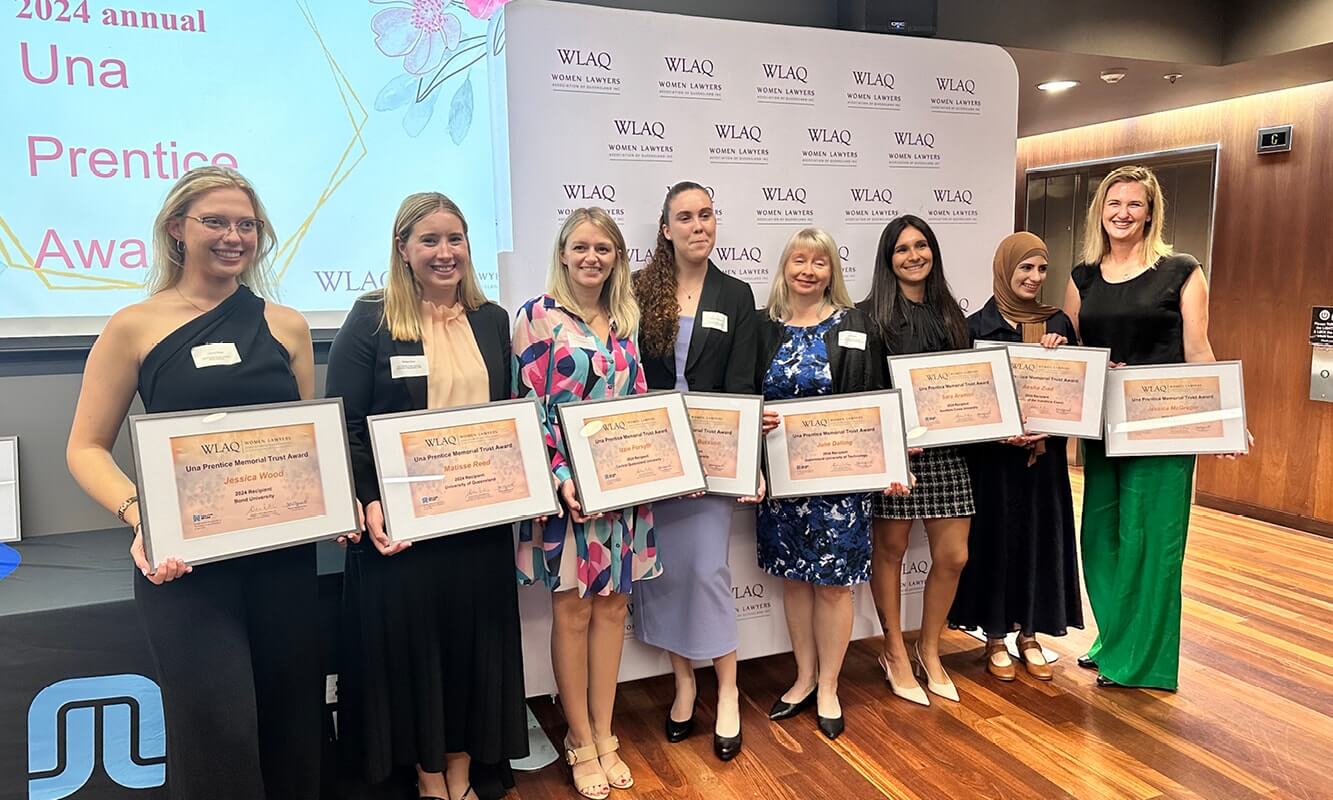


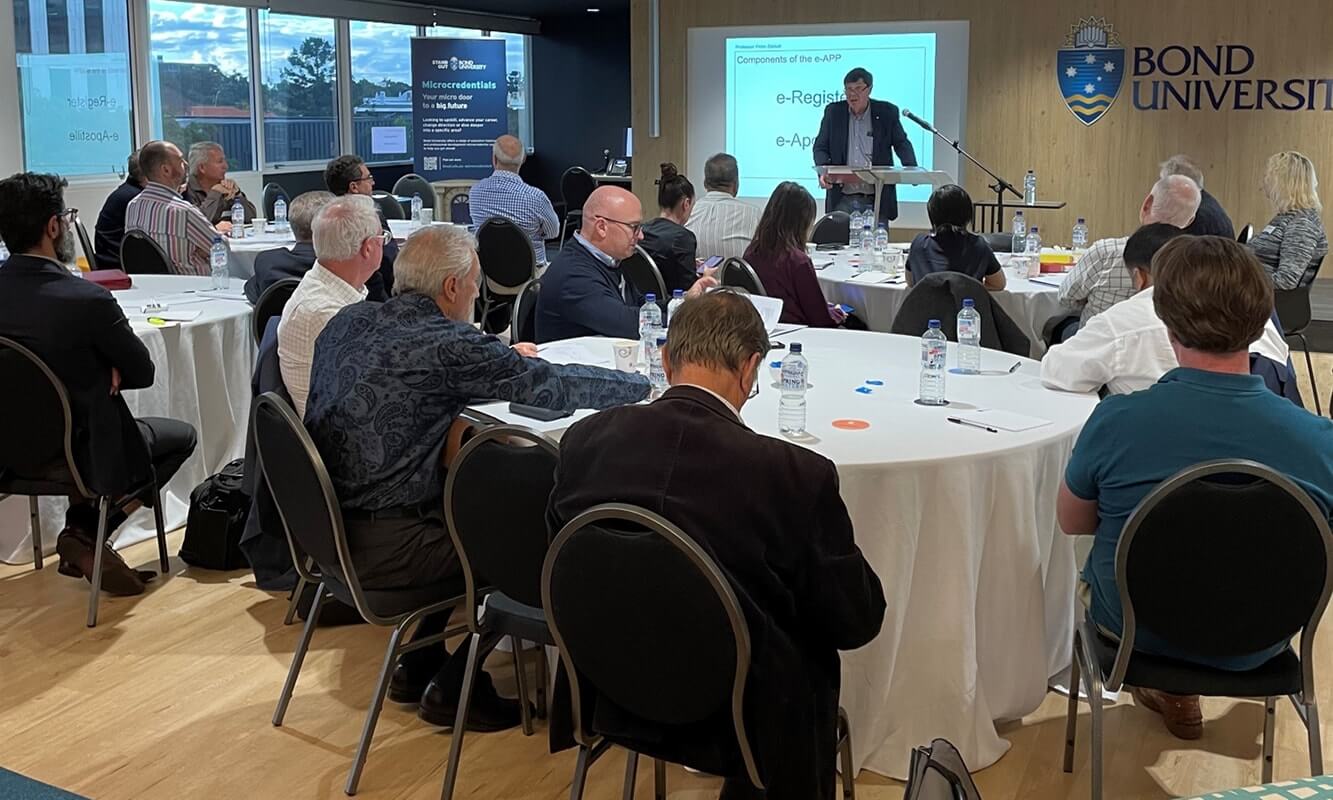
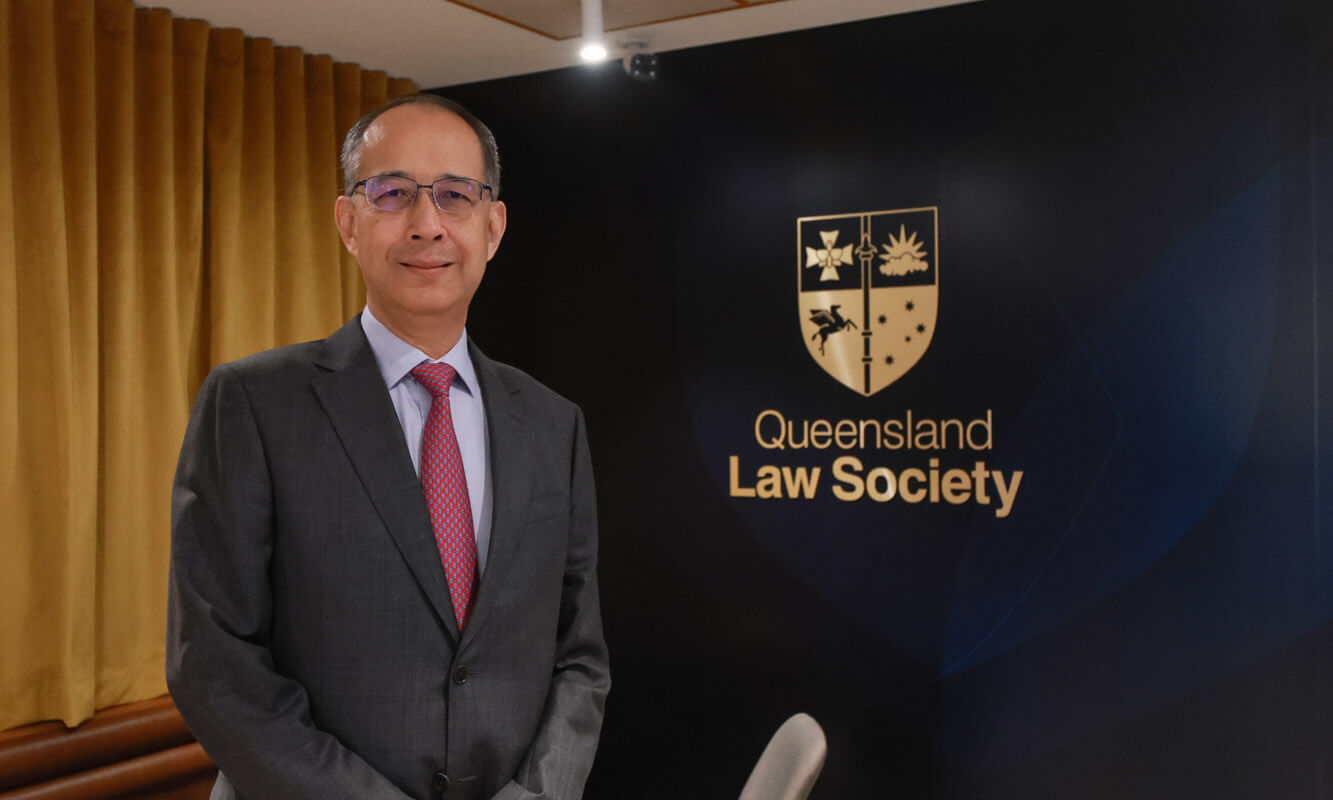
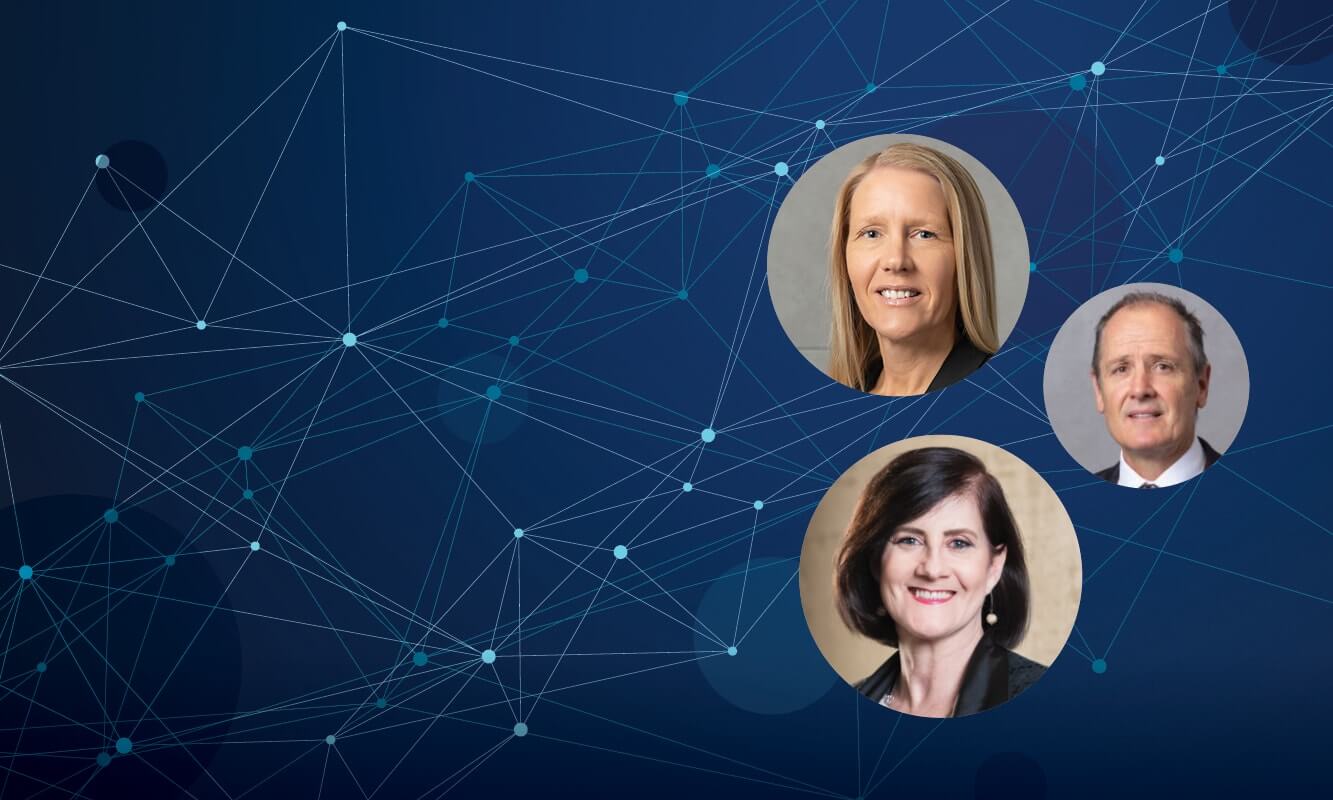


Share this article